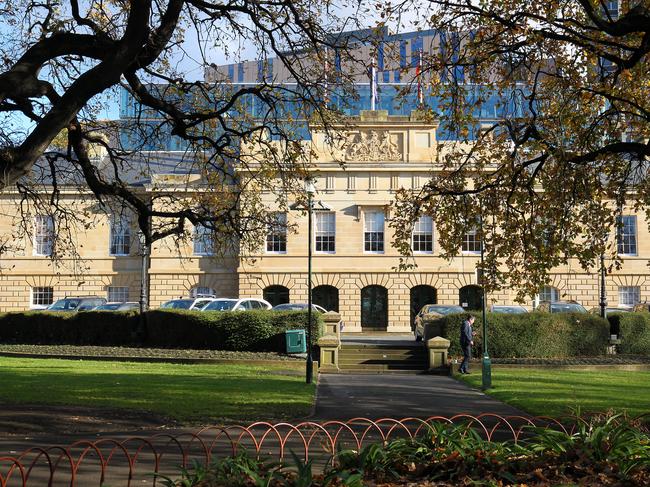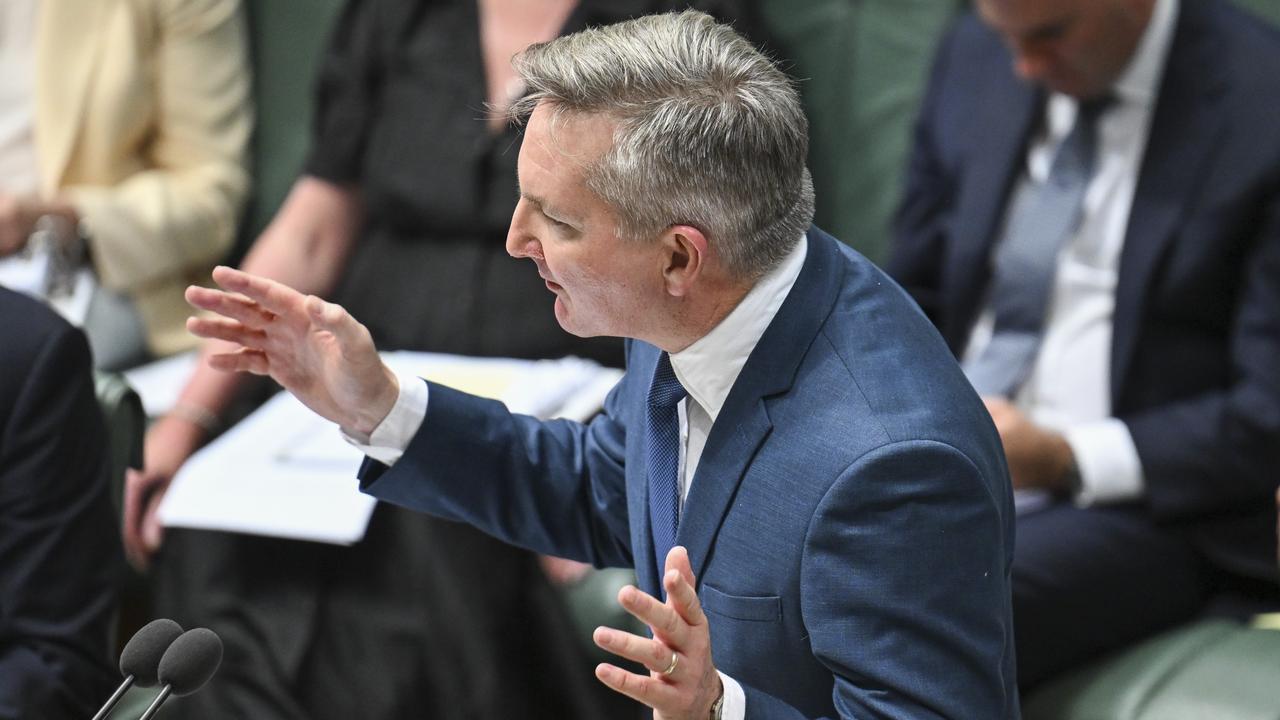Talking Point: One house of parliament and three councils
Since I became an MP in 1979 there has been debate about the size of parliament and need for local government amalgamations, says JOHN CLEARY

Opinion
Don't miss out on the headlines from Opinion. Followed categories will be added to My News.
Let’s use the pandemic crisis as an opportunity to rethink how Tasmania is governed. What business or organisation operates under organisational structures established more than 200 years ago?
Since I became a member of state parliament in 1979, there has been debate about the size of parliament and need for local government amalgamations. Sadly, little has happened apart from the token reductions in the House of Assembly (1998), councils from 47 to 29 (1993) and councils in greater Launceston (1985). The world has changed greatly with the advent of modern communications and management practices.
A number of questions should be asked.
What is the appropriate size of governance for a population of about 500,000?
If designing a structure today what would it be?
How many levels of government should we have?
How many local government bodies do we need to provide services?
I would suggest any new form of government should have authority to develop and implement clear strategic plans and implement them in a timely and efficient way.
We have too many government structures with little, if any, co-ordination. Our 29 local government bodies are responsible for planning decisions, but only within their boundaries. Planning doesn’t, or shouldn’t, stop at the municipal boundary, it should be recognise all regional and state issues. Decisions to develop housing areas need to take into account transport and traffic, education and health needs and other infrastructure needed for a healthy and vibrant community. Land use planning is one of the most important issues facing the state, because it impacts where we live and the cost of delivering services. We hear constant complaints about how difficult our planning system is. State government has promised implementation of a Statewide Planning Scheme to simplify and reduce the complexity of schemes but so far, little has changed and, if anything, the recent changes or their interpretation is increasing their complexity. Do we really need 29 councils and 29 planning authorities? I would suggest we only need three regional councils with planning authorities that can manage and co-ordinate the plans for each region.
At a state level, Legislative Council elections have seen election of party candidates and I expect this trend to continue. This year’s result sees representatives of major parties making up half the membership. The original purpose of the Legislative Council was to independently review government legislation. Party aligned members will see the Legislative Council become either a rubber stamp or roadblock for government. Now is the time to combine the houses. This would create a parliament of 43, sufficient to create effective government and opposition. As it is highly unlikely legislative councillors would vote themselves out of a job, I suggest that upon formation of the new parliament, each current member be given a four-year term. At the next election, 35 members would be elected via House of Assembly electorates, with the former 18 MLCs contesting three regional electorates based on new local government regions with six representatives each.
This would create a single parliament with local and regional representation. The party forming government would need 22 members, more than sufficient from which to choose a ministry, and enough to form standing committees and working groups. These committees would take on the role of reviewing legislation before it is presented.
I believe this would be a more efficient use of the membership of both houses and increase the pool for selection to ministries without increasing the number of MPs. At local government level, it would create a more efficient structure to deliver services.
John Cleary was a Tasmanian Liberal local government and planning minister.


